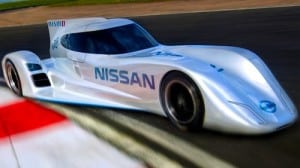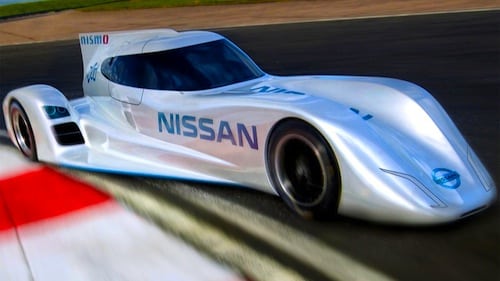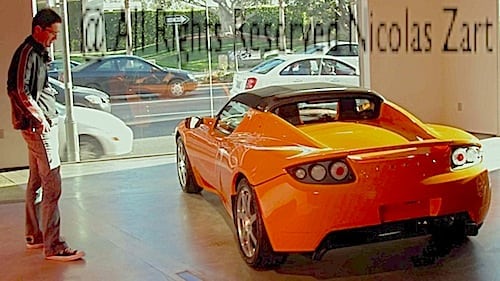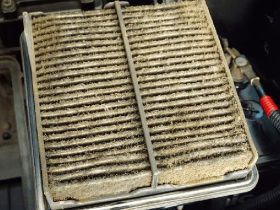
Anyone who tried to guess how Nissan planned to race an electric vehicle (EV) in an endurance race got a surprise. An electric car with an on-board engine.. sound familiar?
Yesterday, fellow writer Aaron Turpen wrote about how Nissan would race in the 24 Hours of Le Mans. Today, we take a closer look at the ZEOD RC. While Nissan surprised us by saying it would race an electric car at the 24 Heures du Mans, or the the 24 Hours of Le Mans as it is known here. With countless enticing teasers of its ZEOD RC, which stands for Zero Emissions On-Demand Racing Car, I was ready to bet the only way was to swap out its battery pack.
Extend Range, Swap or Charge. Using the Delta Wing prototype that revolutionized the world of racing, this half size, half weight and half powered car showed that two generous propulsion wheels behind and smaller direction wheels in the front could take on cars twice as powerful as it. Nissan had proved the engine but decided to use the same lithium-ion batteries as its LEAF all electric car. This 186 mph hybrid based on the Delta Wing will take off in the famous Garage 56, reserved for experimental prototypes, at the toughest race in the world, 24 hours of sheer endurance. It’s too bad Nissan didn’t take the swapping battery route, as this would have made the ZEOD RC a true all-electric race car. For those who doubt battery swapping technology is not efficient and quicker than refilling a tank of gasoline, see our latest Tesla Motor article. Unfortunately, I was wrong. Nissan will use a sophisticated hybrid platform.
Endurance by definition is a race against time, in this case 24 hours. Yet, electric vehicles (EV) are so far limited in range. So how do you reconcile range and an electric racer? You use an engine. Before you accuse me of heresy, I also agree that this is no longer an “electric race car” but a hybrid racer. Ah PR and Marketing, when will you leave semantics and hyperbole alone? Hybrids come in different shape from mild Toyota Prius, which uses an electric motor to help the gasoline engine, a parallel hybrid to the Fisker Karma, which only uses its electric motor, relegating the gasoline generator to recharge the battery – a series hybrid. In this instance, it isn’t exactly clear what configuration Nissan is giving its ZEOD RC but we will assume a series hybrid.
How does Nissan define zero emission? According to Andy Palmer, executive vice-president at Nissan the so-called zero-emission, on-demand option lets a driver determine when to use electricity or switch to gasoline. Nissan believes this is the future for road cars.
Are you also left a little bit puzzled with the whole electric racer teaser only to find a gasoline engine? You’re not alone. Anything electric these days conjures clean technology. While electricity driven vehicles are still cleaner than gasoline cars even considering production, it would have been better to restrain on the zero emission electric racing car teaser we were bombarded with. Call a spade a spade, but this is one great hybrid racer from Nissan I can’t wait to see compete in this year’s 24 Hours of Le Mans.
[nggallery id=119]







